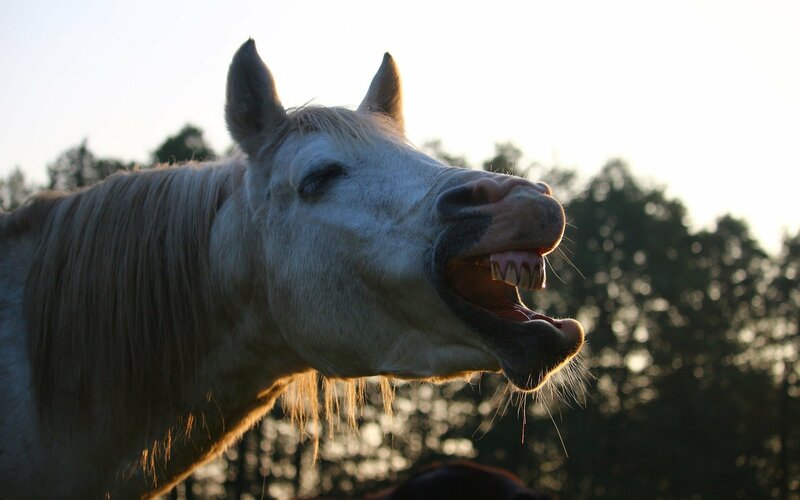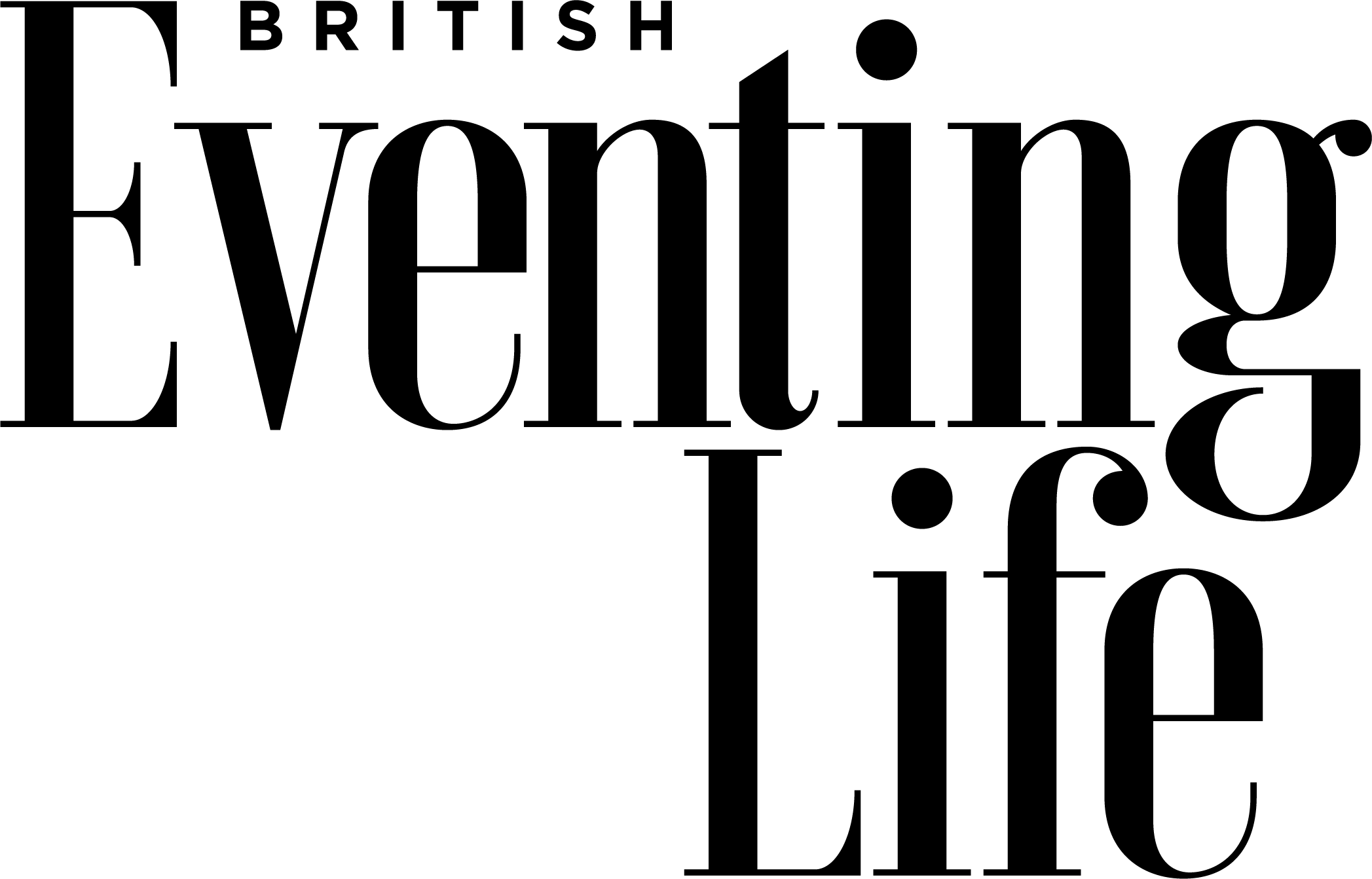
How to tell if your horse is sleep deprived
We’ve only just started to understand how much poor sleep impacts on our mental and physical health, but does it affect horses in the same way? Early research is suggesting ‘yes’, and competition results, or even rider safety, could suffer as a result.
Horses don’t choose to sleep in one long daily bout and, unlike humans, they can sleep standing up. The phases of sleep have been observed in horses using brainwaves, similar to that used in human sleep studies.
Horses don’t choose to sleep in one long daily bout and, unlike humans, they can sleep standing up. The phases of sleep have been observed in horses using brainwaves, similar to that used in human sleep studies.
Types of sleep
In horses, Slow Wave Sleep (SWS) occurs while standing, laying down on the chest bone (sternum) or laying completely flat. Rapid Eye Movement (REM) sleep, which is considered ‘deep sleep’, can only happen in the horse when lying flat, because the muscles will relax completely. This should promote glycogen uptake in fatigued muscles, which takes twice as long in horses as humans [3]. REM sleep also allows memory processing, and so the ability to learn.
Signs of sleep deprivation
The signs of sleep deprivation in horses can be worrying, often mistaken by owners for an incurable, abrupt collapse condition called narcolepsy. Sleep deprived horses may enter REM while standing and part buckle at the knees, or collapse. Other clinical signs of sleep deprivation include grazes or calluses on the front of both knees or fetlocks from falling, loss of appetite, reduction in other normal behaviours, compromised immunity, general lethargy and reduced responsiveness to stimuli.
Reasons for sleep deprivation
Why would horses stand to the point of collapse? Blood markers of stress have been found in sleep-deprived horses. Social anxiety, either through isolation or poorly chosen companions, reduces laying behaviour. In addition, many ‘standard’ stable installations are built to minimum recommendations to save money, which can be inadequate for larger horses to feel confident they can stand up again. A lack of floor space or bedding area has a large influence on laying behaviour. However, it is musculoskeletal and gastro-intestinal pain while laying down and getting up again that features most prominently as the problem in clinical case studies. Horses need space and a clean, soft bed to lay on. For example, ComfortStall flooring uses a thick layer of sealed orthopaedic foam and doesn’t trap ammonia-generating urine (like solid rubber matting can) or separate to leave a solid hard floor (like shavings, paper, or other particulate-type bedding can).
It will soon be possible to monitor your horse’s sleep patterns without resorting to CCTV, but preliminary evidence shows that sleep-deprived horses are likely to be less healthy, less motivated, less careful, slower in speed and learning, and quicker to fatigue. Whether you’re riding a technical cross country course, improving your dressage or needing that perfect show jumping clear, ensuring a good night’s sleep can give you the winning advantage.
For more information about Haygain’s revolutionary flooring system, ComfortStall, please visit https://haygain.co.uk/pages/comfortstall.
